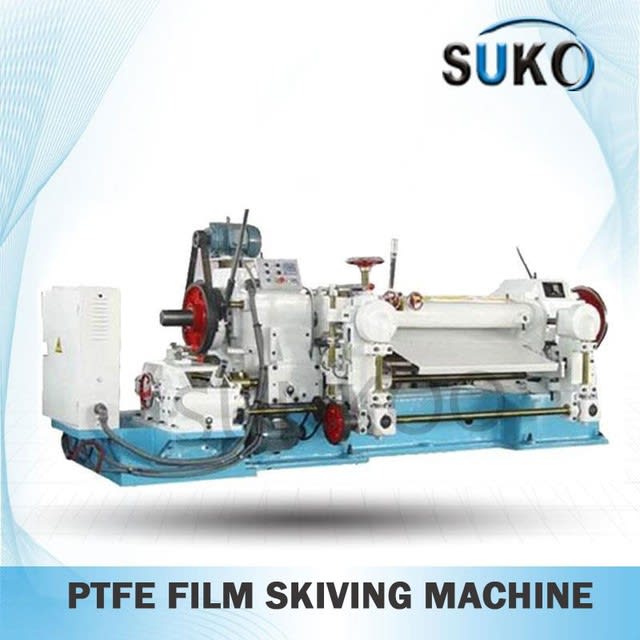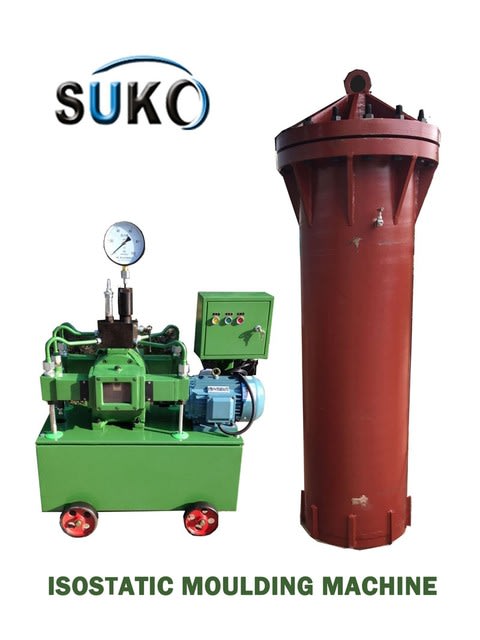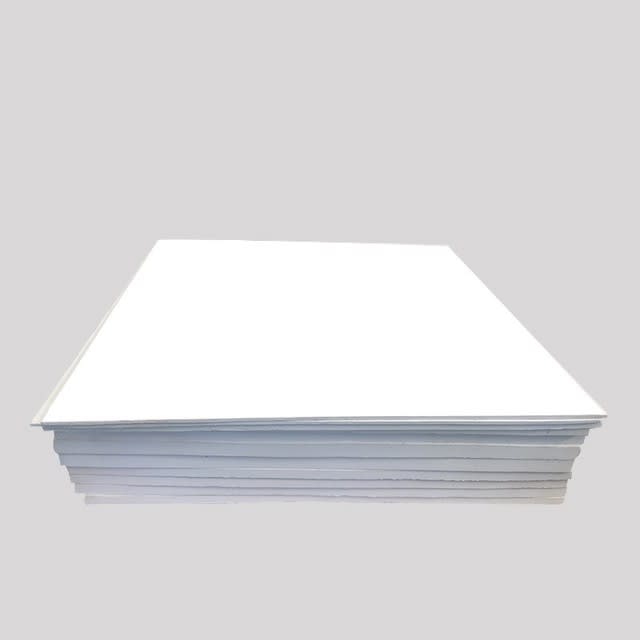Ptfe film processing equipment will use a Isostatic Moulding Press Machine, Isostatic Moulding Press Machine production bar, and then sintering, finally using a Skiving Machine for Skiving.
Ptfe films are mainly divided into two types: microporous film and turning film.The biggest difference between the two is the permeability of microporous membrane, which is produced by biaxial stretching.Turning film is cut out of the lathe, it does not breathe.
I do not know about turning film, know that it should be used on the seal more.We're going to talk about microporous membranes.
Polytetrafluoroethylene (ptfe) microporous film is made of polytetrafluoroethylene resin particles, which is expanded and stretched to form a microporous film. It can be divided into the following categories:
1. Air filtration membrane
Polytetrafluoroethylene membranes can be used for atmospheric dust removal, air purification and so on the membrane pore size can be controlled 0.2 um, porosity can reach more than 88%, and the needle felt, mechanism of cloth, non-woven fabric, glass fiber and other filter material with surface phase composite filtering performance of coated fabric, PTFE coated filter material has high peel strength, air volume, uniform pore size distribution, etc.As a dust bag or fold type dust removal filter cartridge installed within the dust removal equipment, will be promptly and efficiently calculated intercept with micron ultra fine dust, dust removal efficiency can reach more than 99.99%, the service life for three years, ventilation rate of up to 3-6 m/min, is currently the world's most advanced air filtration material, all kinds of vacuum cleaners, air filter, air purification equipment, the best choice for high efficiency air filter, etc.
Technical parameters are as follows:
Air permeability: 80-100l /㎡•s
Resistance: pa 80 or less
2. Waterproof and moisture-permeable microporous membrane
Ptfe waterproof moisture permeable microporous membrane is made and approved by a special process the bidirectional tensile membrane surface per square inch can reach billions of a microporous, each pore diameter (0.5 to 0.1 um um) is less than the minimum water molecules in the mist of the minimum value (20 UN um - 100), the diameter greater than the water vapor molecules (0.0004 to 0.0003 um um), the water vapor through the water, and cannot pass, take advantage of the microporous structure can achieve excellent waterproof and moisture permeable function;In addition, because the hole is extremely small and longitudinal irregular bending arrangement, so that the wind can not pass through, and thus has good wind protection and heat preservation characteristics.Since the advent of the membrane through continuous improvement, special treatment on the PTFE film, its fastness and durability greatly improved, after composite with other fabrics, widely used in the greenwood clothing, medical clothing, leisure clothing, fire control, chemical protective, antivirus, flooding operation, such as special protective clothing, outdoor sports clothing, shoes and hats, gloves and other accessories as well as sleeping bags, tents and other materials
Technical parameters are as follows:
Moisture permeability: 16000g/㎡•24hr
Hydrostatic pressure: 6000mm
Extreme uv resistance: 97 highest
3. teflon bubble point film
It with polytetrafluoroethylene (ptfe) as raw material, after puffing stretch forming a kind of microporous membrane, the membrane with a special process combined with on all kinds of fabric and base material, become a new type of filtration material, the membrane pore size is small, about 0.2 to 0.5 mu m, uniform distribution, porosity, while maintain the air circulation, can filter all of the dust particles, including bacteria, achieve the goal of advanced purification and ventilation, it is widely used in pharmaceutical, biochemical, microelectronics and laboratory consumables, etc.
Thickness width bubble point
1600mm ≥1kg/cm2 (5.3m/s 127Pa)

















